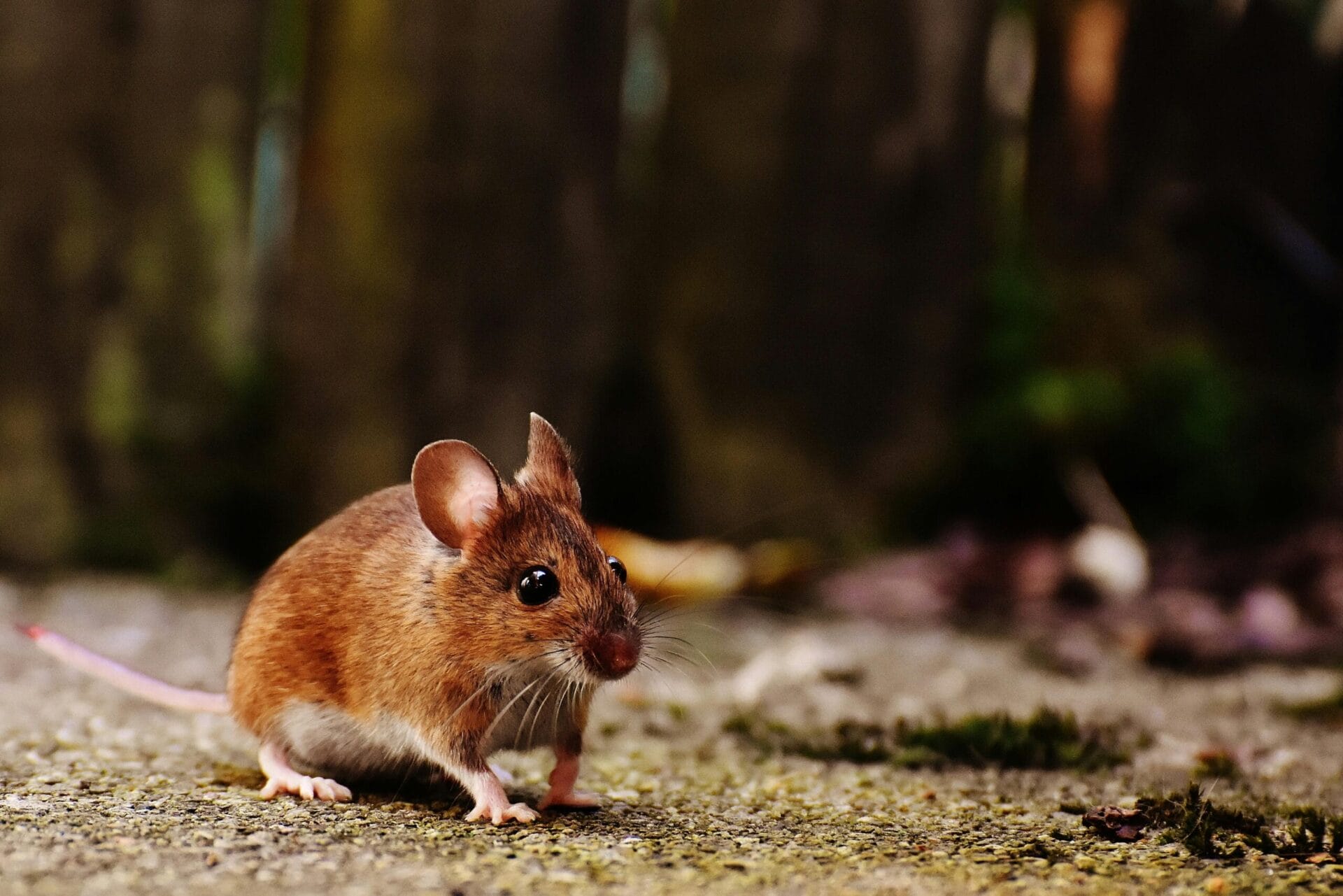Homeowners often ask our team how to keep mice out. We’ve found that a two-step approach works best. First, we use baiting to lower the numbers. Then, we seal up holes and gaps to prevent new guests, a technique called exclusion. This method is a proven way to keep mice out while reducing rodent infestation over time. Learn more about our Rodent Control services.
Baiting and exclusion are our go-to tactics We start by placing bait stations in strategic areas. These stations help reduce the rodent population and control any mouse problem quickly.
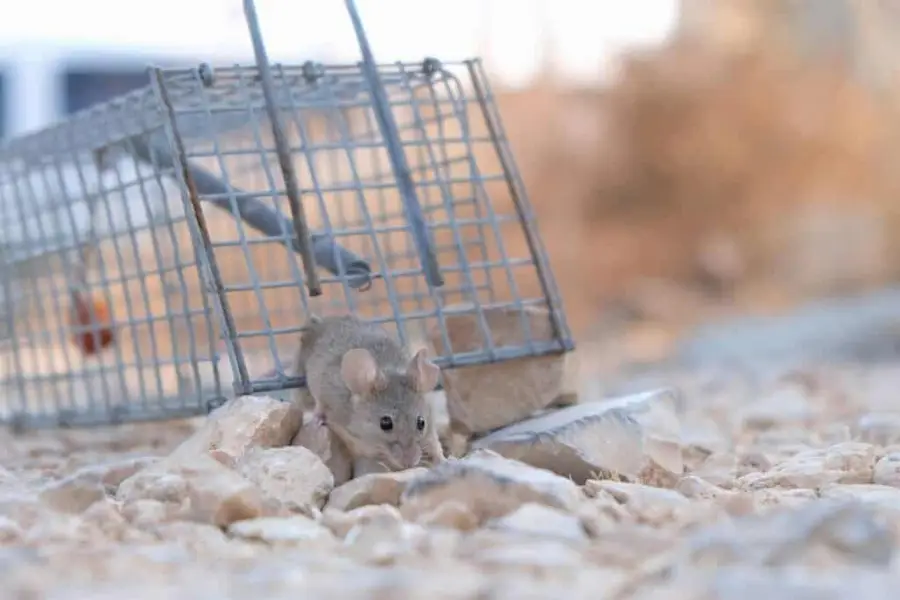
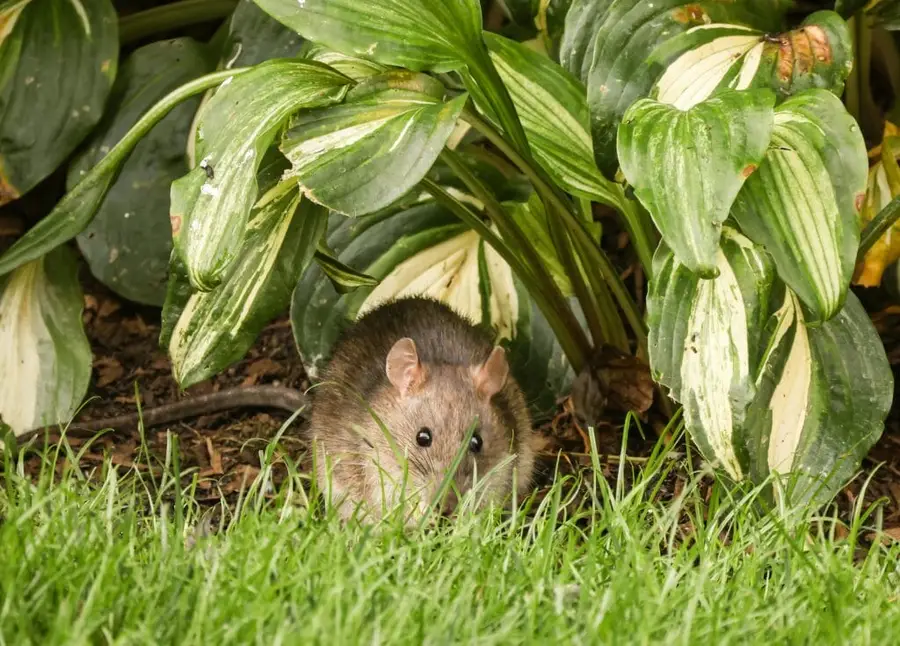
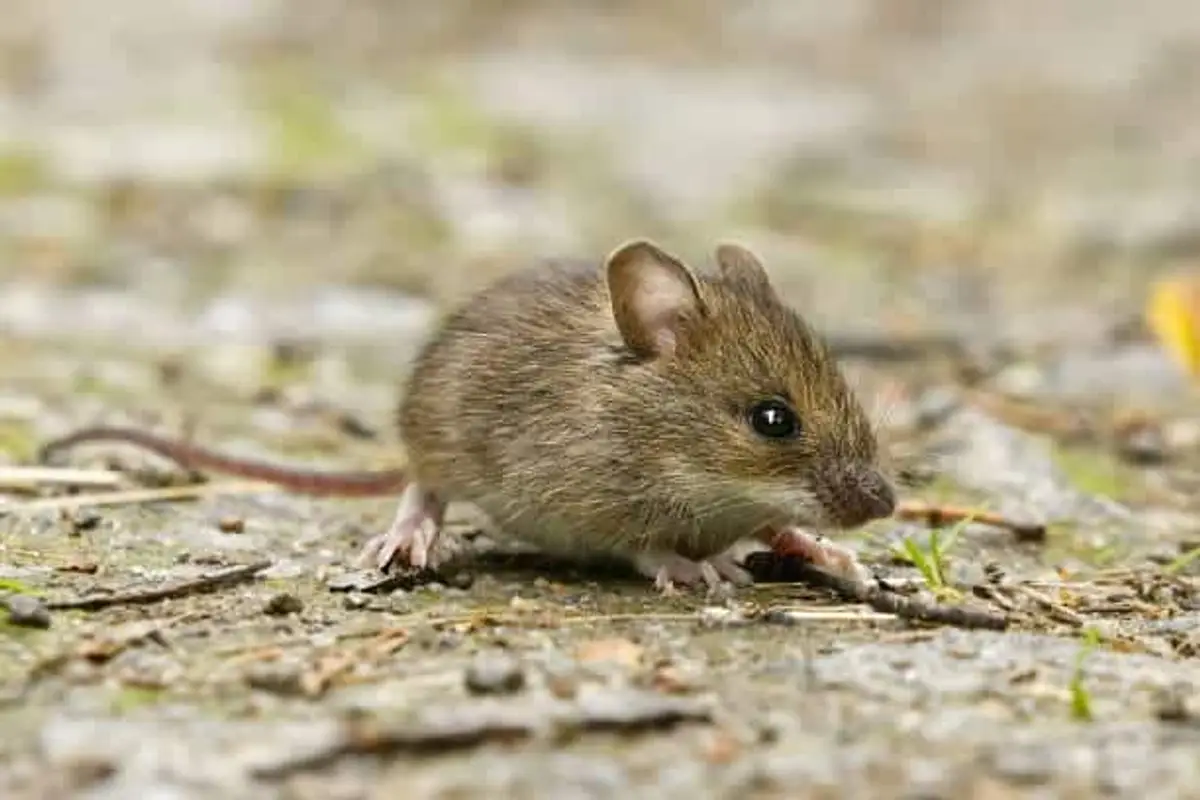
Understanding Mice: Behavior and Risks
Mice can build nests in warm places. They find food easily and build nests in small gaps. The goal is simple: keep mice out of your house and maintain control over the problem. If rats are also a concern, understanding What Are The Differences Between Rats And Mice can be helpful.
Health Risk Alert
Mice droppings can spread disease if they accumulate. Always wear gloves when cleaning up droppings and use proper disinfectants to minimize health risks.
Mice eat a wide range of food. They are drawn to pet food, spilled food, and even the crumbs left on the floor. This behavior can encourage a rodent infestation. It is important to address both the food sources and the access points.
Baiting: The First Step to Keep Mice Out
A common approach to keep mice out is using bait stations. Homeowners find bait stations effective to reduce populations. They work by luring rodents with food inside metal containers that have a tight seal.
When you use bait stations, you block off the easy path to food. Bait stations help the system work faster and keep mice numbers low. In many cases, bait stations are paired with traps that target mice specifically.
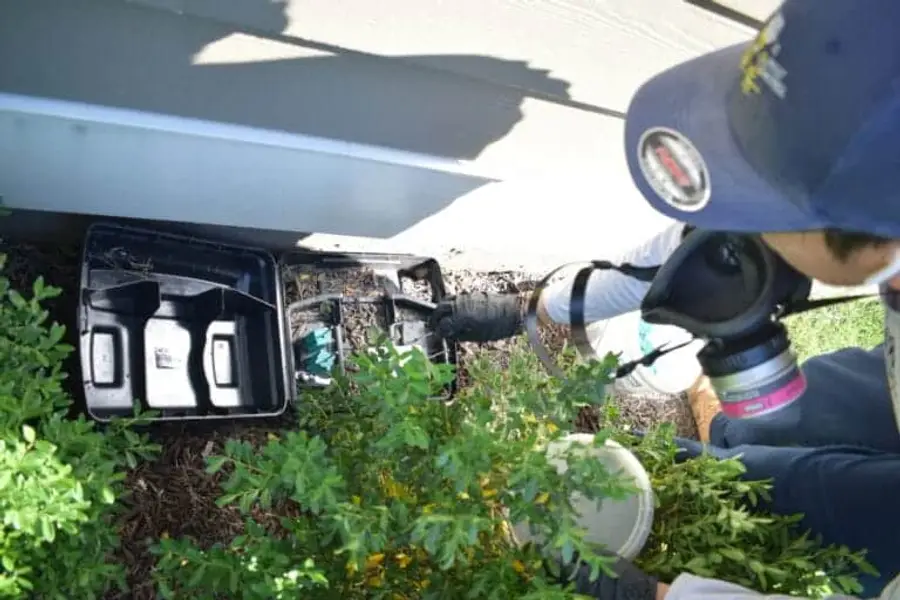
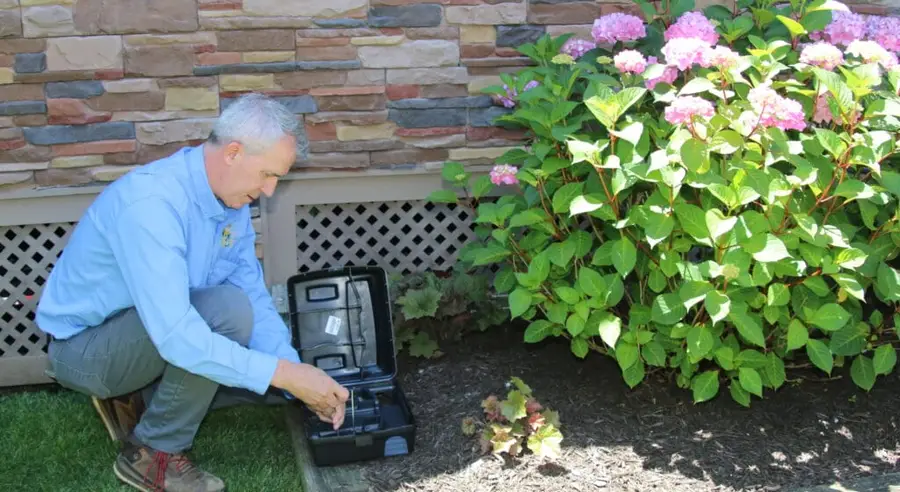
Exclusion: Sealing Entry Points for Rodent Prevention
Exclusion means sealing the house so that mice cannot enter. Mice love to squeeze through small holes. They can slip through cracks and other small gaps near windows, doors, or garage doors.
Smart Food Storage to Prevent Mice
Food is a powerful attractant and is often the reason the mice want to be in your home in the first place. Store dry foods in airtight containers. Even pet food should be stored in metal containers. Leaving food out gives mice an open invitation.
Key Food Storage Practices
- Store dry foods in airtight containers
- Keep pet food in metal containers with tight lids
- Clean up spilled food and crumbs immediately
- Maintain clean storage areas to eliminate food sources
Spilled food on the floor is another risk. Quickly clean any crumbs or food spills. Doing so helps to remove any food sources that mice love. Maintenance of storage areas goes a long way to prevent rodents.
Using Bait Stations and Other Traps
Bait stations are not your only option. Traps can play a key role in reducing a mouse or rat problem. Traditional traps, including snap traps, can produce quick results.
Experiment with different types of traps until you find what works best. A mix of traps and bait stations creates a robust system to keep mice out. Professionals often suggest this combination to ensure no gaps are left in control methods.
Additional Tips to Deter Mice from Your House
By keeping the area around your house clear, you help prevent rodents from getting too close.
Seasonal Treatments and Long-Term Solutions
Seasonal changes matter. Cooling off during the winter often bring more mice into the picture. Regular checks during spring and summer go a long way in rodent prevention.
Set up a recurring schedule for service. Ongoing treatments can address small holes before they become entry points. Regular maintenance ensures that you consistently keep mice out of your house. If you’re based in the area, check out our the pest control services we offer in Alexandria.
Expert Advice for a Rodent-Free Home
Contacting a professional pest control team makes a difference. A licensed technician can offer expert advice on baiting and exclusion. You will get recommendations on how to use bait stations and tightly sealed entry points for a long-term solution.
Experts can show you the best practices, including what to do about pet food storage and proper food sources. Following these steps, you can keep mice out with confidence. The focus is always on reducing populations while eliminating new entry. For more on mice, consult our dedicated resource page on Mice.
Frequently Asked Questions
Keeping Food Sources Under Control
A clear approach to rodent prevention is controlling access to food. Mice love to find food that is left open in the house. Keep pet food and other foods stored properly in airtight containers.
Often, even a small gap in food storage can invite mice. Ensure that all food sources are covered. This gives your overall plan a boost and helps to keep mice out effectively.
Regular Inspections: The Cornerstone of Rodent Prevention
Inspection Checklist
- Check for small holes around windows and doors
- Inspect walls and floors for any gaps
- Seal gaps immediately with spray foam or steel wool
- Schedule regular repairs and upkeep
Inspections help you find food and close off possible entry points. Regular repairs and upkeep are crucial for long-term rodent prevention.
Creating a Long-Term Plan to Keep Mice Out
Long-term rodent prevention means planning ahead. Keep mice out by starting with a strong baiting system. Do not forget the application of exclusion methods like sealing gaps.
Create a schedule for professional checks. Continually addressing problems ensures that your house remains pest free. A routine service plan is the best way to thwart recurring issues.
The Benefits of Professional Pest Control
Working with trained experts offers many benefits. They have experience in handling a mouse or rat problem effectively. Their methods focus on reducing populations and sealing entry points.
You get hands-on advice and a detailed treatment plan. Professionals use tools like bait stations and exclusion techniques to keep mice out. Their commitment provides a reliable path to long-term pest control.
How to Manage a Rodent Infestation Quickly
Act Fast on Infestations
If you’ve spotted mouse droppings or gnaw marks, you need to act quickly. This is a sign that mice have already started to settle in your house. Call in experts who can bring a combination of baiting and exclusion treatments.
They will also check for small gaps in your walls, windows, and doors. A tight seal in these areas is essential in keeping mice out. Early detection and action help control the situation before it worsens.
Building a Rodent Prevention Strategy That Works
Every home has a unique layout and set of challenges. A tailored strategy will focus on both immediate and long-term solutions. Integrate bait stations, traps, and thorough sealing to keep mice out for good.
Research your areas where rodents might build nests. Look for conditions that encourage mice to build nests, such as warmth and easy access to food. Once you have targeted these spots, you can efficiently deter mice.
Combining Immediate Action with Ongoing Maintenance
Quick fixes are only part of the solution. You need to set up regular inspections and maintenance plans. Once a rodent issue is under control, schedule follow-ups to ensure nothing changes.
Your plan should emphasize that every service visit checks for new small holes and gaps. This method of ongoing maintenance continues to keep mice out. Consistency is key to long-term rodent prevention.
Final Thoughts on Keeping Mice Out
In summary, keeping mice out is all about a balanced approach. Begin with effective baiting using bait stations and traps. Follow up by sealing entry points with materials like steel steel wool and spray foam.
To reap the best benefits, focus on both the immediate reduction of mice populations and the long-term prevention methods. Your house deserves protection, and a thoughtful plan makes a difference.
How do I keep mice away permanently?
+
The key to preventing mice is a mix of baiting and sealing small holes. Constant use of bait stations helps cut the food supply. Meanwhile, identifying and sealing potential entry points prevents new mice from sneaking in.
What to put around the house to keep mice out?
+
Place bait stations strategically around your house. Remember to cover pet food and spilled food quickly. In addition, use spray foam and steel wool in areas that have noticeable gaps.
What is the best deterrent for mice?
+
The best deterrent is not just a lure or spray. It is a combination of methods. Using bait stations to reduce mice populations along with sealing any gaps creates a system that works. Most importantly, this method keeps mice out for the long haul.
With five years of hands-on experience in the pest control industry, George Schulz is a registered technician with the Virginia Pest Management Association and a proud third-generation professional in a family business that's been protecting homes for over 57 years. He manages and trains a team of service pros while also leading internal research efforts—recently spearheading a deep-dive review of thousands of documents on pest control materials to hand-pick the most kid and pet friendly, most effective solutions tailored specifically for homes in the DC metro area.
